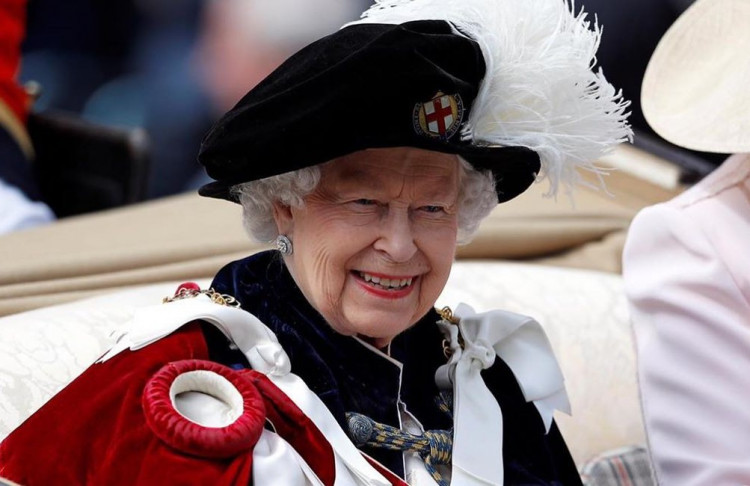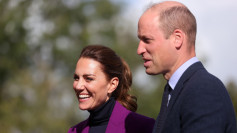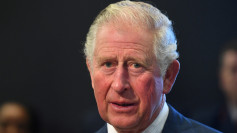There have been a number of instances that the British royal family have been targets of assassination plots over the decades. Whether it is the adult members or the youngest of the clan, the royals have lived with the possibility of such a thing happening.
Today, with the reigning Queen of England going into her advanced years, there were a handful of times remembered when attempts on her life had been made, either frighteningly real or flukes.
The earliest publicly known attempt on the life of Queen Elizabeth as well as her husband Prince Philip was in the year 1970, when the royal couple had gone on a tour in Australia. They had been traveling on a train at the time, luckily for them, it was going uncharacteristically slow-paced than usual, on its way to Orange from Sydney.
If it had not been for that, there would have been certainty of disaster occurring. Had the train had been speedily covering the miles with the usual cruising speed to the royal couple's destination, it would have gone off tracks when it hit the log.
Great damage and injury could have been in store for the Queen of England and Prince Philip. It was believed that had been an attempt to cause possibly more than just bodily harm to the royal couple. This was revealed several years after the incident by retired Superintendent Cliff McHardy, who had led the investigation into the matter at the time.
When it happened, Queen Elizabeth and her husband had not been told of what had come afoot. This was to save the government of Australia from some amount of discomfiture regarding the incident. This had been called the Lithgow Plot.
Another incident, this time in 1981, involved a teenager, Marcus Serjeant, who fired six blanks at the Queen, as she was coming down Horseguards' Parade for the traditional Trooping the Colour. He was finally caught hold of, but no harm had been done, although the Queen as well as her horse had received a fright.
Not to be deterred from her purpose, the Queen had gone on with the parade, although her return to the Buckingham Palace had been put on closer watch that time.
The following year, Michael Fagan, an out-of-work laborer, had found hold on the palace walls and clambered up the drainpipe which led to the queen's rooms. The Queen who had been asleep, had woken at his intrusion, but proceeded to have a conversation with the man for a good 10 minutes or so.
When the uninvited visitor had asked if she had any cigarettes, the Queen had proceeded to call a footman. It was found that the guard who had been on duty that time had left before the next shift had taken over. So, there had been an interval when the Queen was left without any protection.
And then there was this one encounter which was termed a "most curious" of such incidents, almost funny if it were not for the fact that it could have ended up seriously.
Afflicted with some difficulties in getting to sleep, Queen Elizabeth would sometimes take some walks on the grounds of the palace come evenings. It so happened that the guard had been alerted with some movement---that being the Queen---and luckily, discovered his quarry was no one else but Her Royal Majesty.
The guard, who has since been retired, had exclaimed in surprise, as he shared with the London Times, "bloody hell," telling the royal he had almost "shot" her.
Remaining unflustered, the Queen was said to have replied that it was "quite all right" and that she would be sure to "ring through" prior next time, so he did not "shoot" her then.






